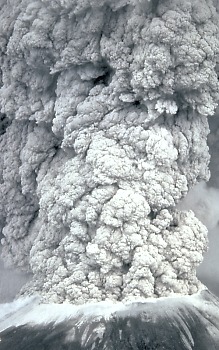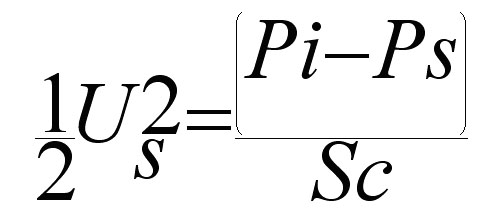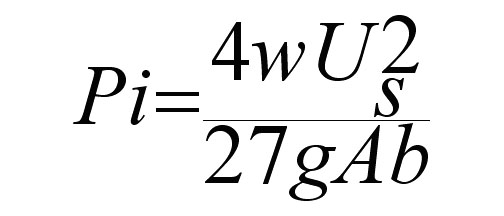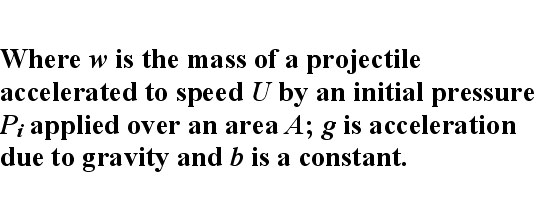Physics of Eruptions
An explosive eruption involves three different processes: fragmentation of the magma; blasting of the fragmented mass through the vent to the surface, and the ascent of the eruption column. An explosive eruption will only take place if the pressure within the magma exceeds the strength of the surrounding rock. These explosive eruptions are driven by the thermal energy stored in the magma. The thermal energy is transferred into kinetic energy of the eruption column through the expansion of gases into growing vesicles (air bubbles).

photo provided by USGS
Magma's viscosity, dissolved volatiles and mass eruption rate are all variables that will effect the eruption. Lionel Wilson recognized that there were three different types of explosive eruptions and estimated 'modified Bernouilli equation' to derive ejecta velocities for eruptions. The following formula gives this equation:


A second equation that Wilson derived is the 'Gun Barrel Equation' which is used to investigate propelling objects at high velocities through narrow vents:

